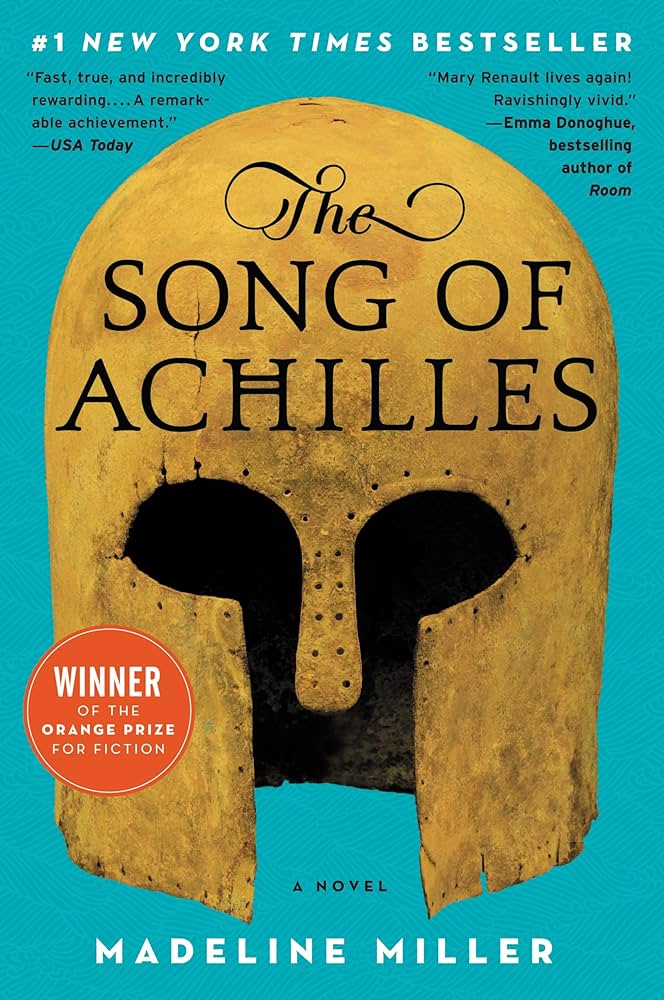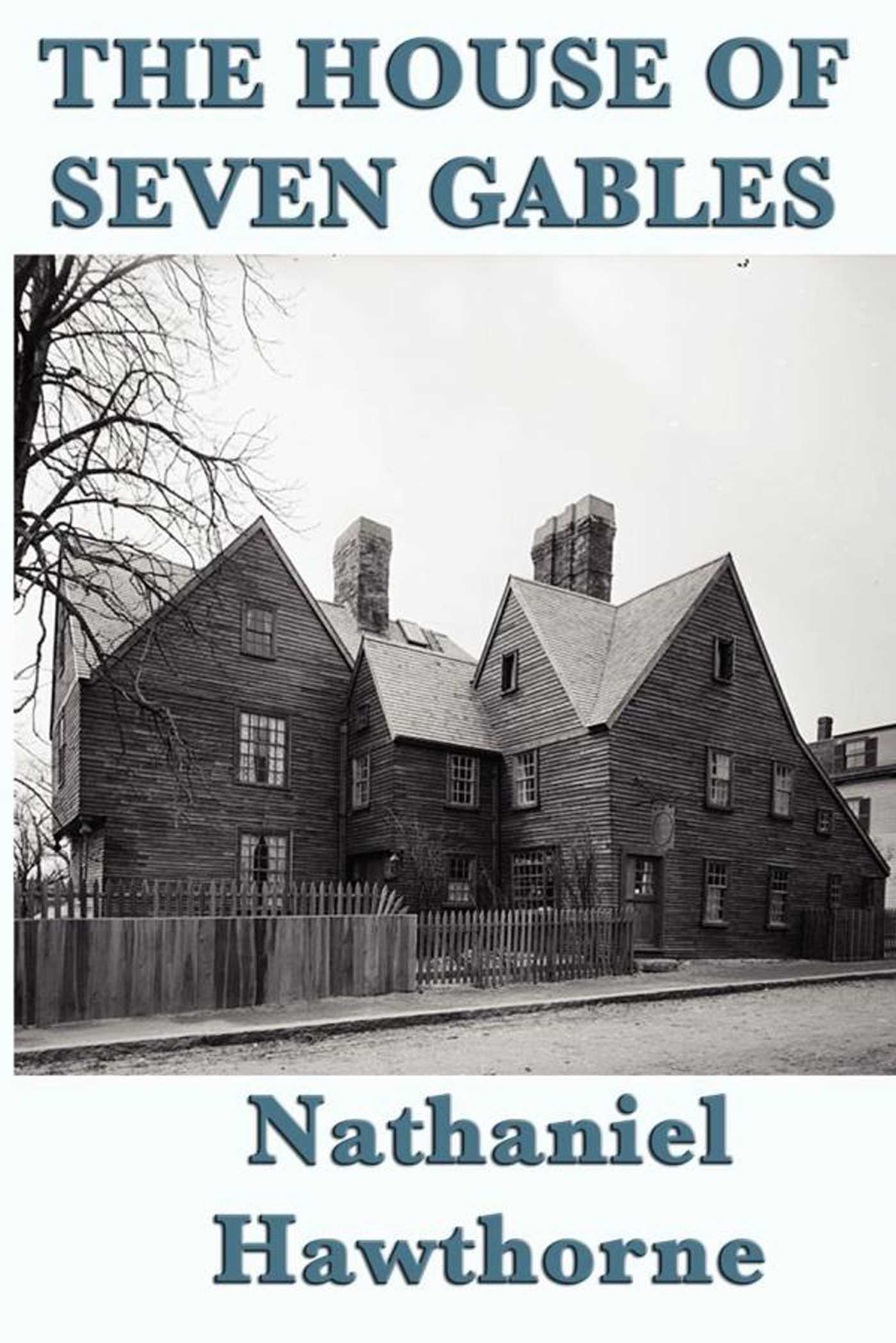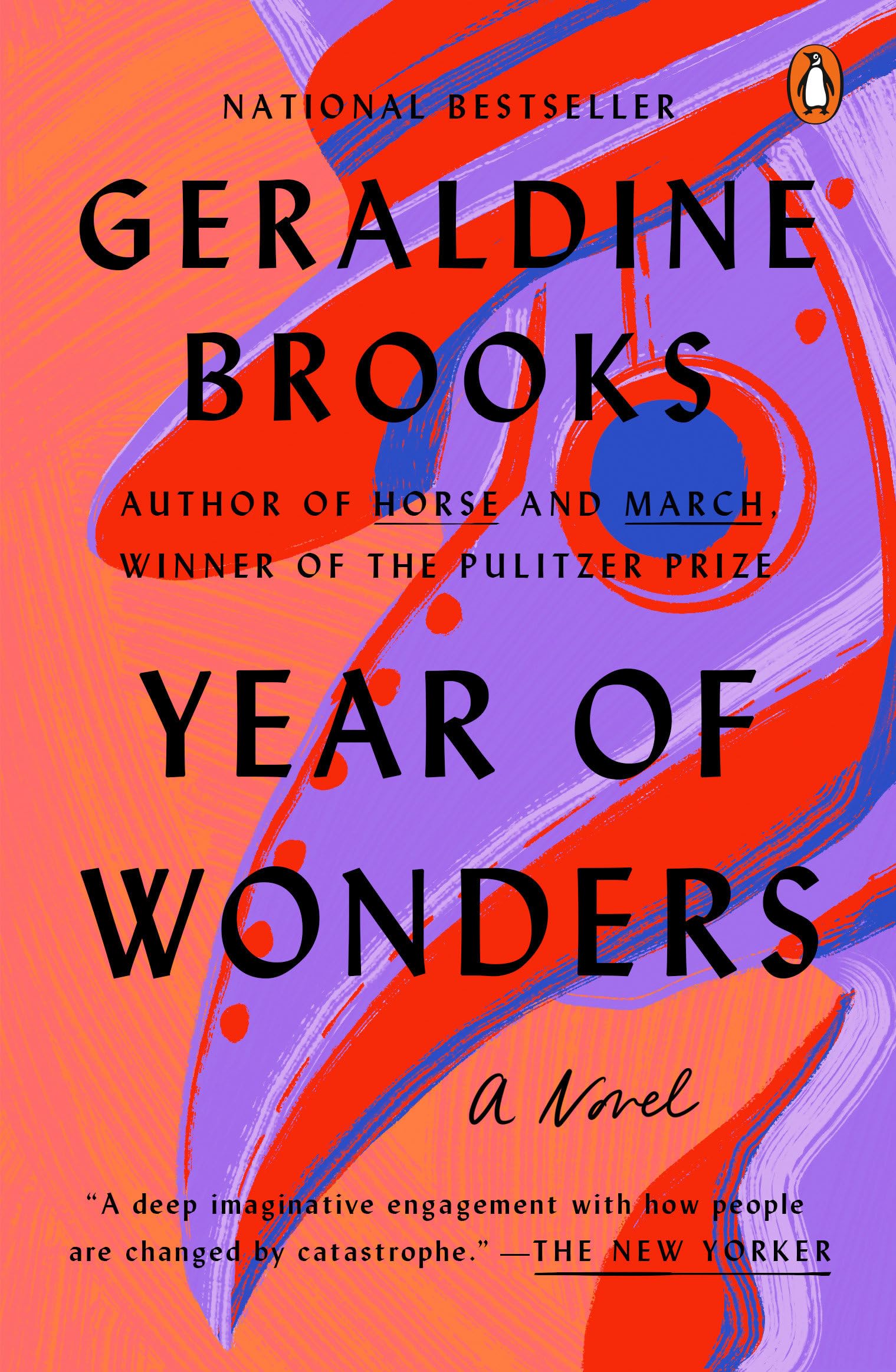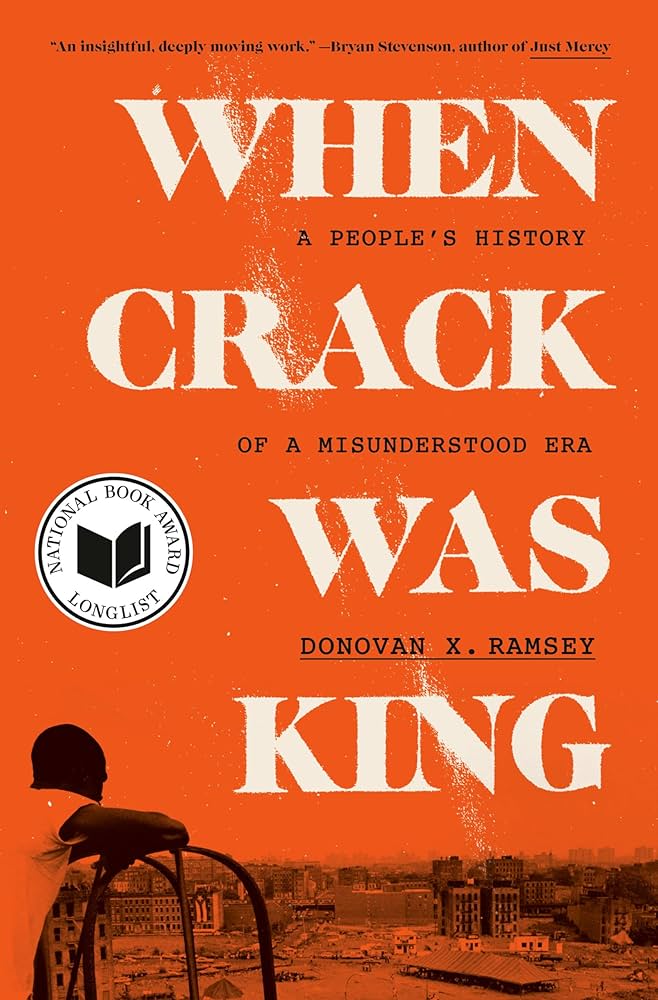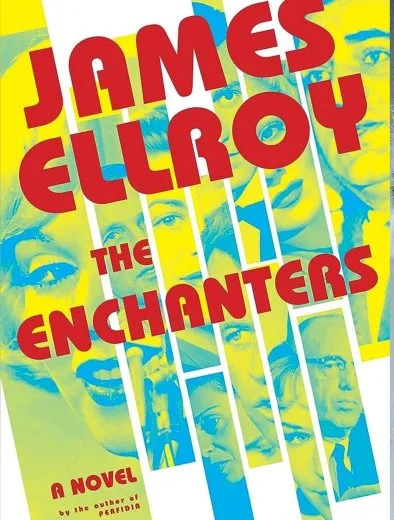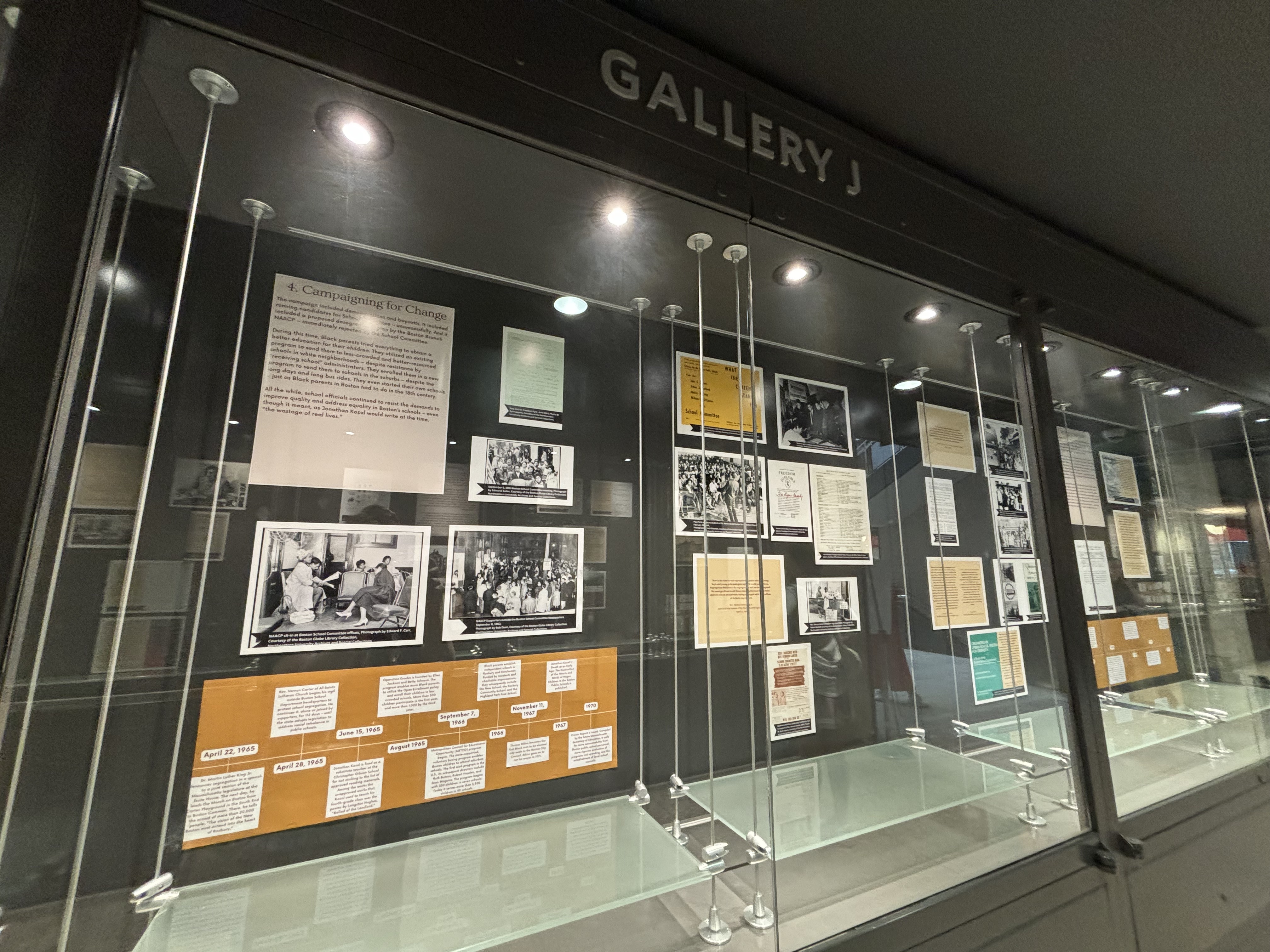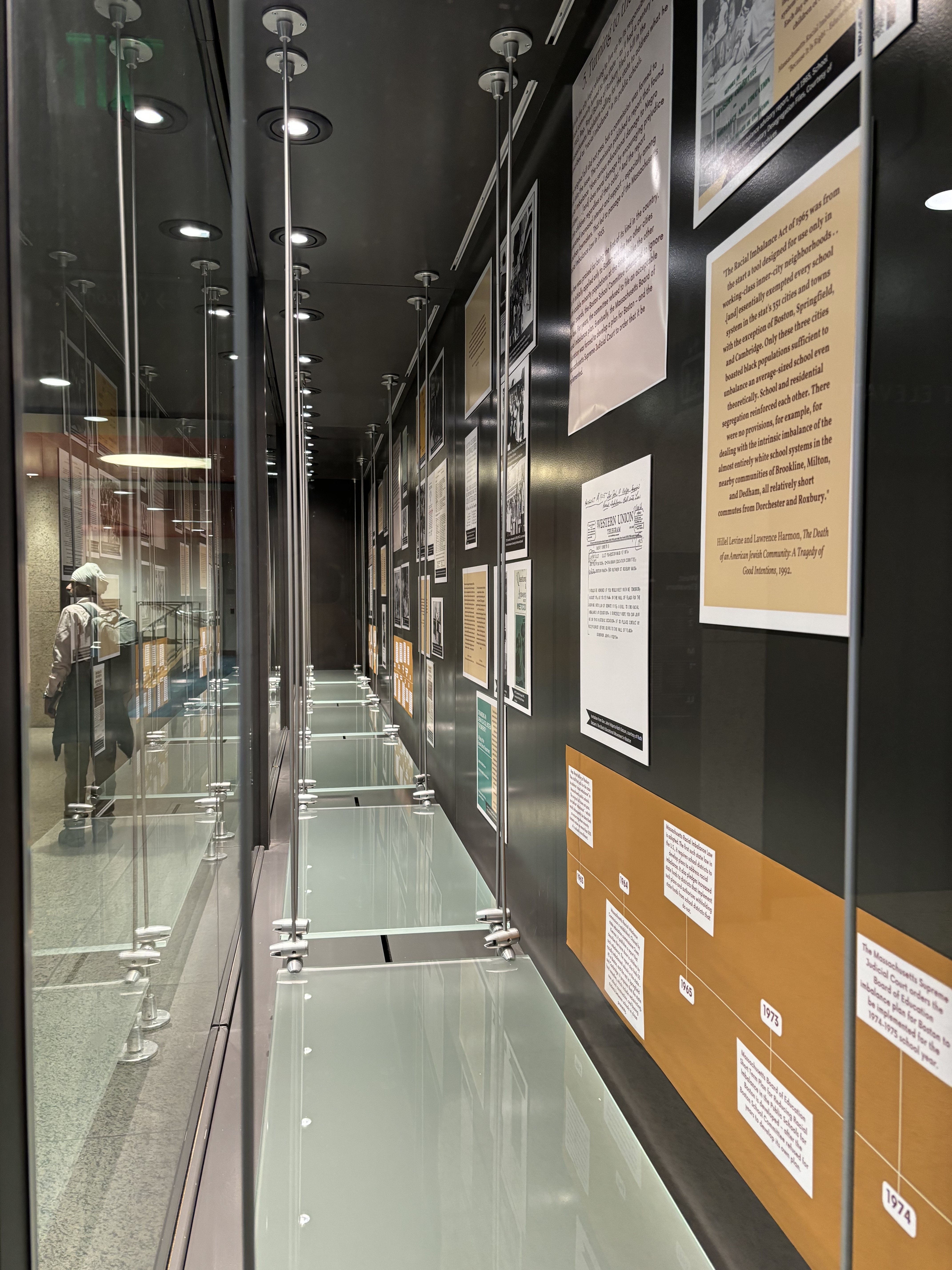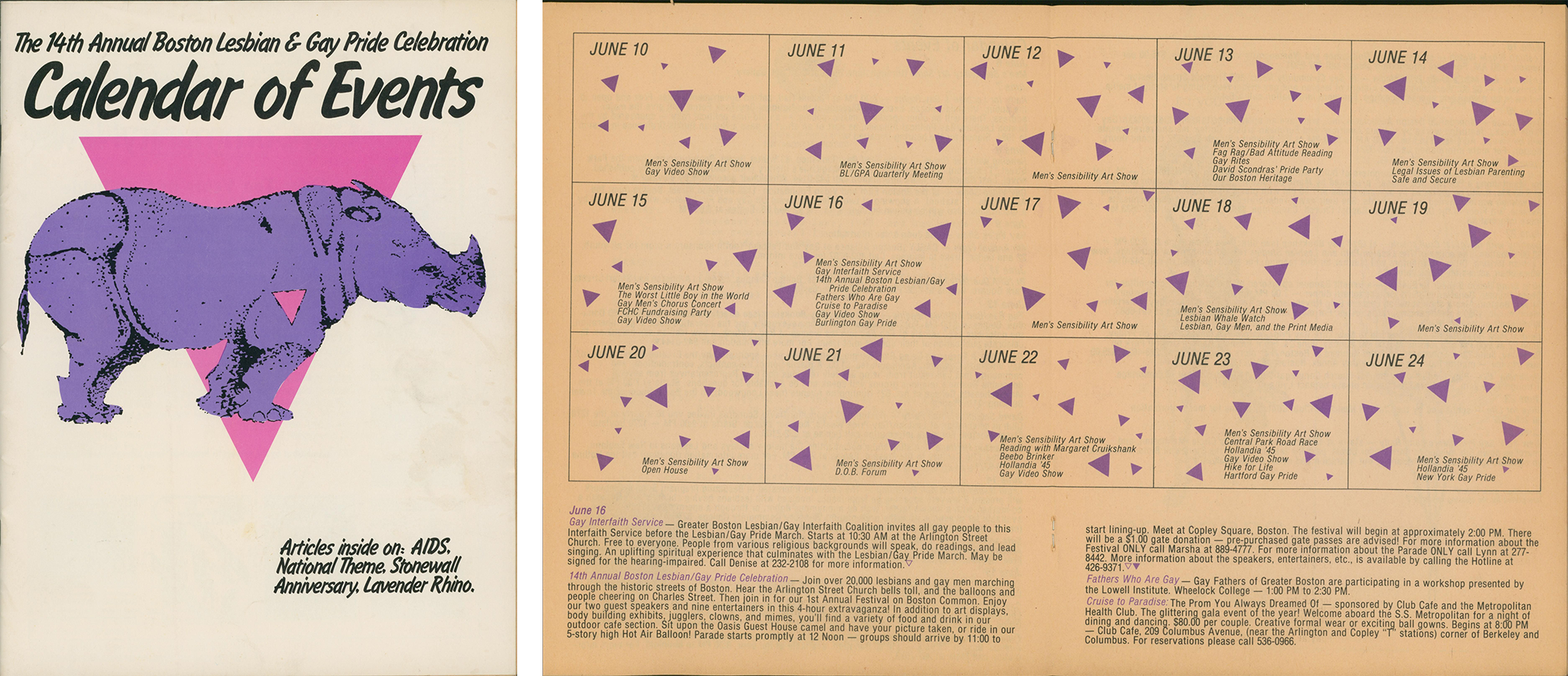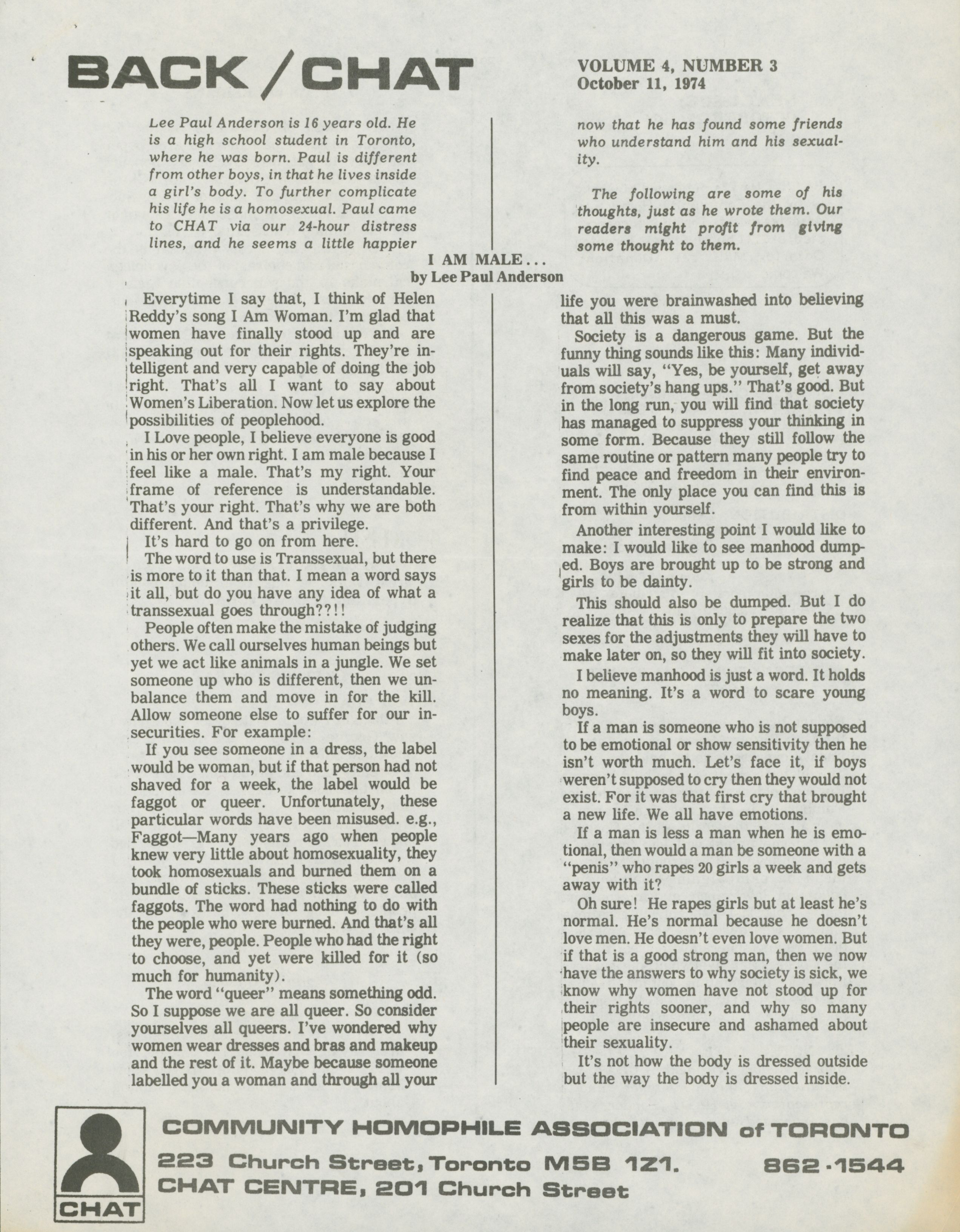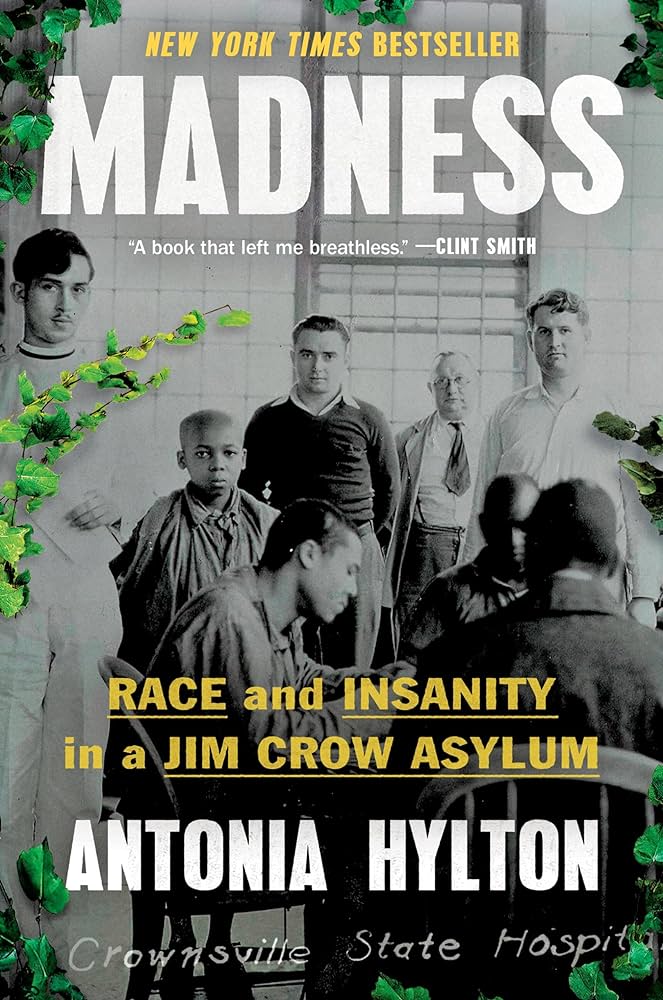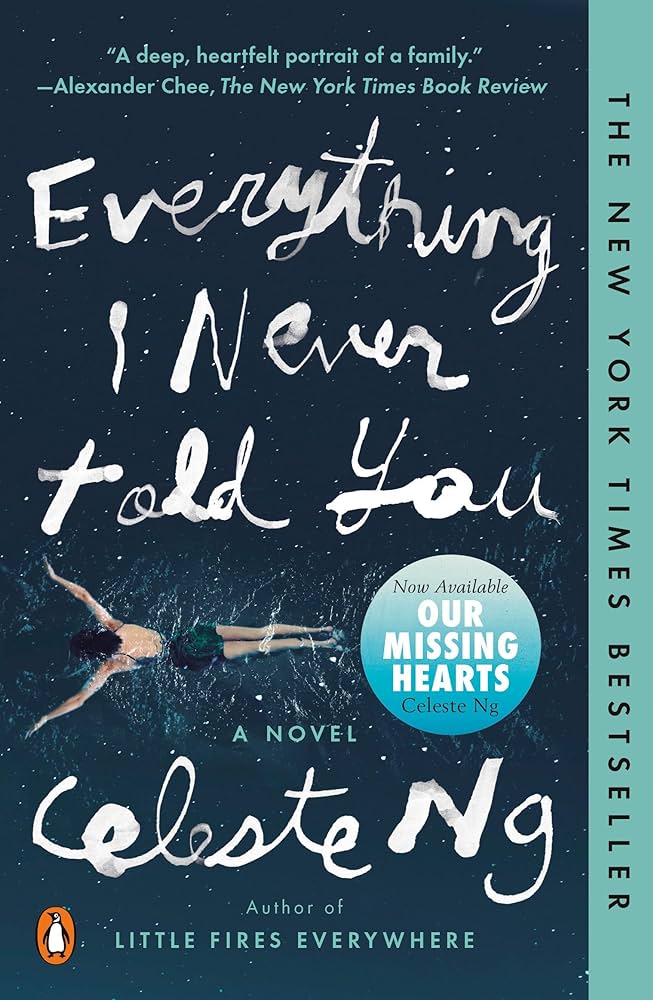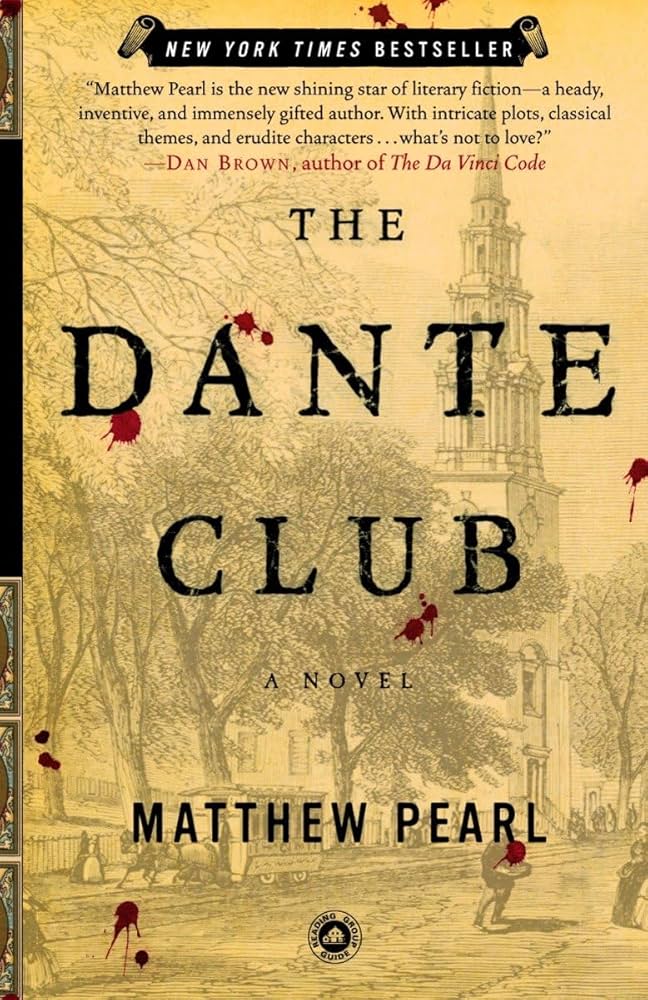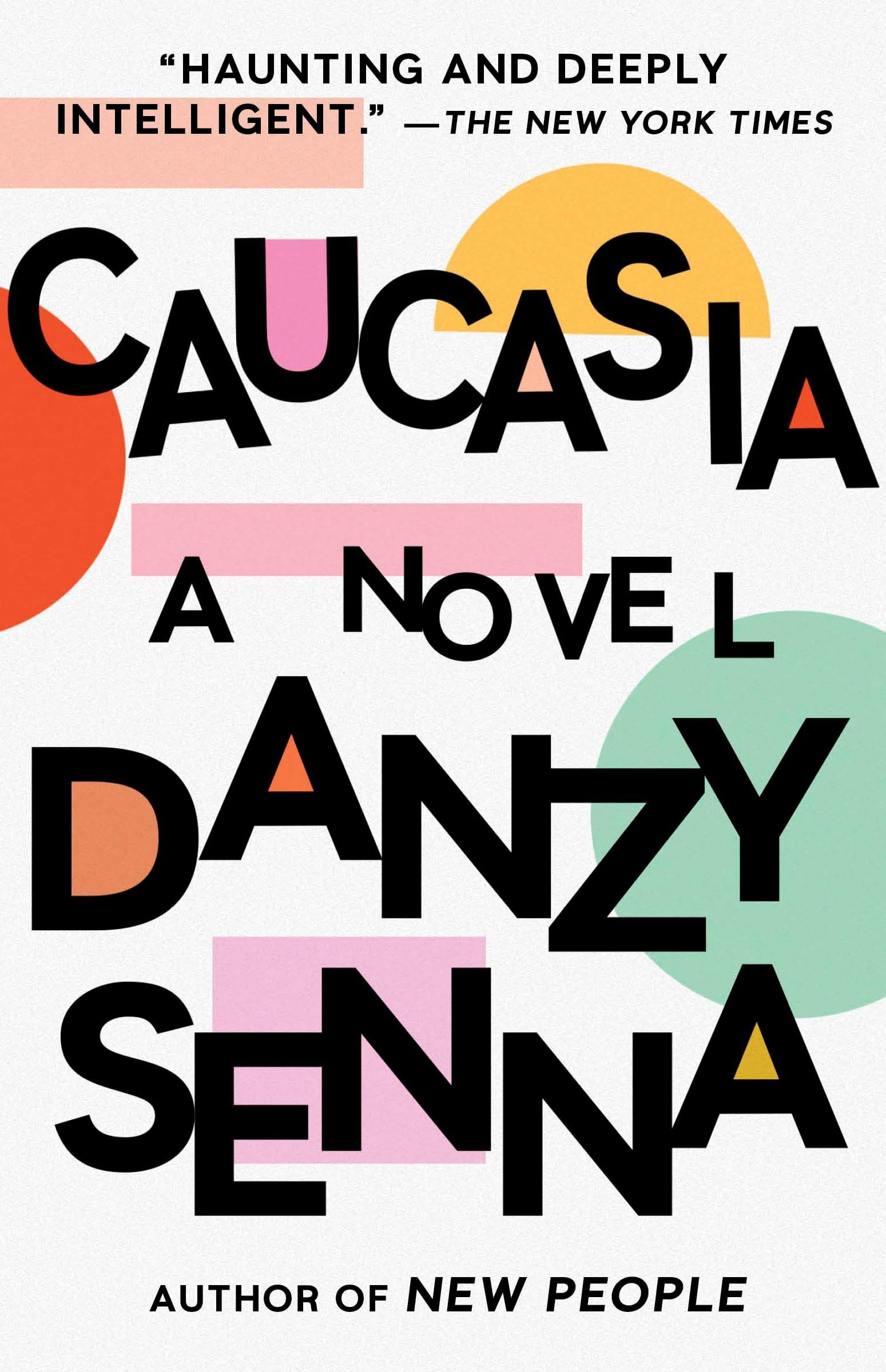Box by Box: Inventorying the Theater Offensive Records
Since last fall, the processing team has been focused on inventorying unprocessed collections. Inventories allow staff and researchers to learn more about what’s in a collection, help locate materials of interest, and help staff strategize further processing or digitization work, as resources allow. A previous blog post described inventorying the Stull & Lee records. Currently, processing assistants are inventorying more recent donations to the archives. Over the next few months, we will be featuring collections our staff has found particularly interesting to inventory in their own words.
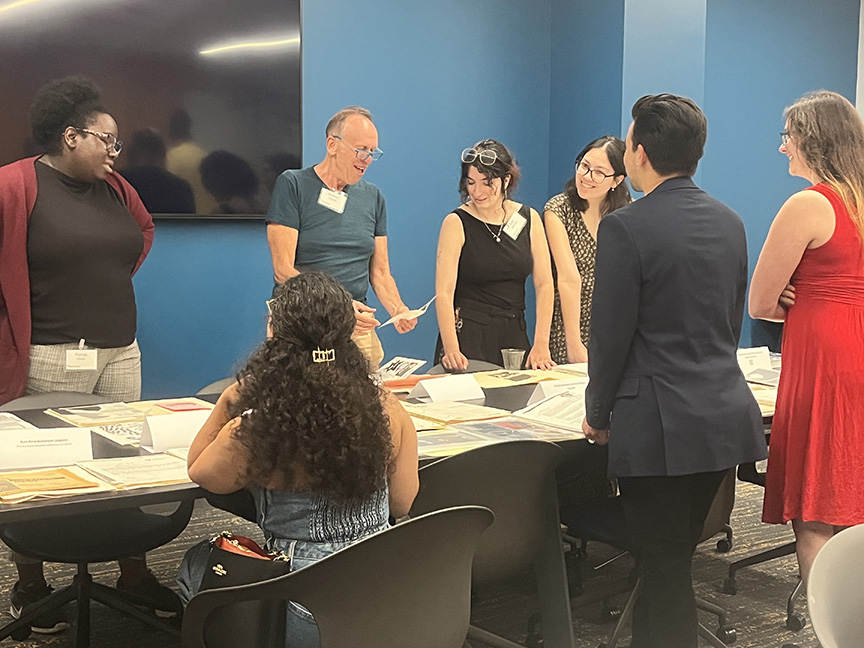
Theater Offensive Records
By Julia Lee, Processing Assistant
I was excited to inventory the Theater Offensive records after meeting the company’s founder Abe Rybeck at a recent Northeastern University Archives and Special Collections (NUASC) event. Rybeck explained to a group of curious staff and guests the backstory of several Theater Offensive items on display and their connections to the activism he was engaged in during the 1980s. As an undergraduate theater major at Northeastern University, I learned about and participated in the Boston theater scene, so working with these records was particularly special, as they represent the history of a community I have been a part of.

The Theater Offensive is an LGBTQ+ theater company that has engaged in performance and activism, often simultaneously, since its founding in 1989. The company works to support and uplift LGBTQ+ youth artists, especially BIPOC, in Greater Boston. NUASC has received several donations of records from the Theater Offensive over the years; the particular donation I inventoried includes materials primarily from the 2000s and 2010s and demonstrates the Theater Offensive’s continued efforts to call attention to the LGBTQ+ issues that Rybeck discussed. The intersection of sex positivity and community theater is evident from the name of their yearly benefit to support their programs: climACTS! These benefits make up a significant portion of the donated records, documented through publicity and planning materials.

A small section of materials chronicling the Theater Offensive’s predecessor, the United Fruit Company, even more directly support Rybeck’s accounts of the company’s “guerilla theater” protests in the form of dramatic, often satirical, public performances meant to call attention to societal issues. Even performance art can be clearly represented in material artifacts, whether it is captured in photographs, like the one of Rybeck and Noelia Ortiz Cortés in Immaculate Infection (right) or in items like the Fenway Official Cruiser Membership Card.
The card references the Back Bay Fens, which Rybeck explained was the location of many performances, as gay men often congregated in the area. Rybeck’s explanations of the company’s activism and beliefs are also echoed in the letter and order form addressed to a “fan” of the United Fruit Company. The order form in particular mentions the Hunks of Nicaragua Calendar and Homo Milk Carton, which were both displayed at the recent event and discussed by Rybeck.

Overall, I appreciated how the records fit into the arc of the Theater Office as an organization. It contains not just material from the company’s earliest days, but also reflects nearly two decades of the Theater Offensive’s evolution that leads to and shapes their programming and ideals today.
Learn more about how to access the Theater Offensive records by emailing archives@northeastern.edu. You can also browse digitized Theater Offensive content in Northeastern’s Digital Repository Service or check out a previous blog post about Theater Offensive records written by Grace Millet.
Julia Lee (she/her) is in her first year of the Simmons University Library and Information Science graduate program. She received her BA from Northeastern University with a combined major in English and Theatre. Her final Northeastern co-op was as a digital assistant for the Massachusetts State Archives.
